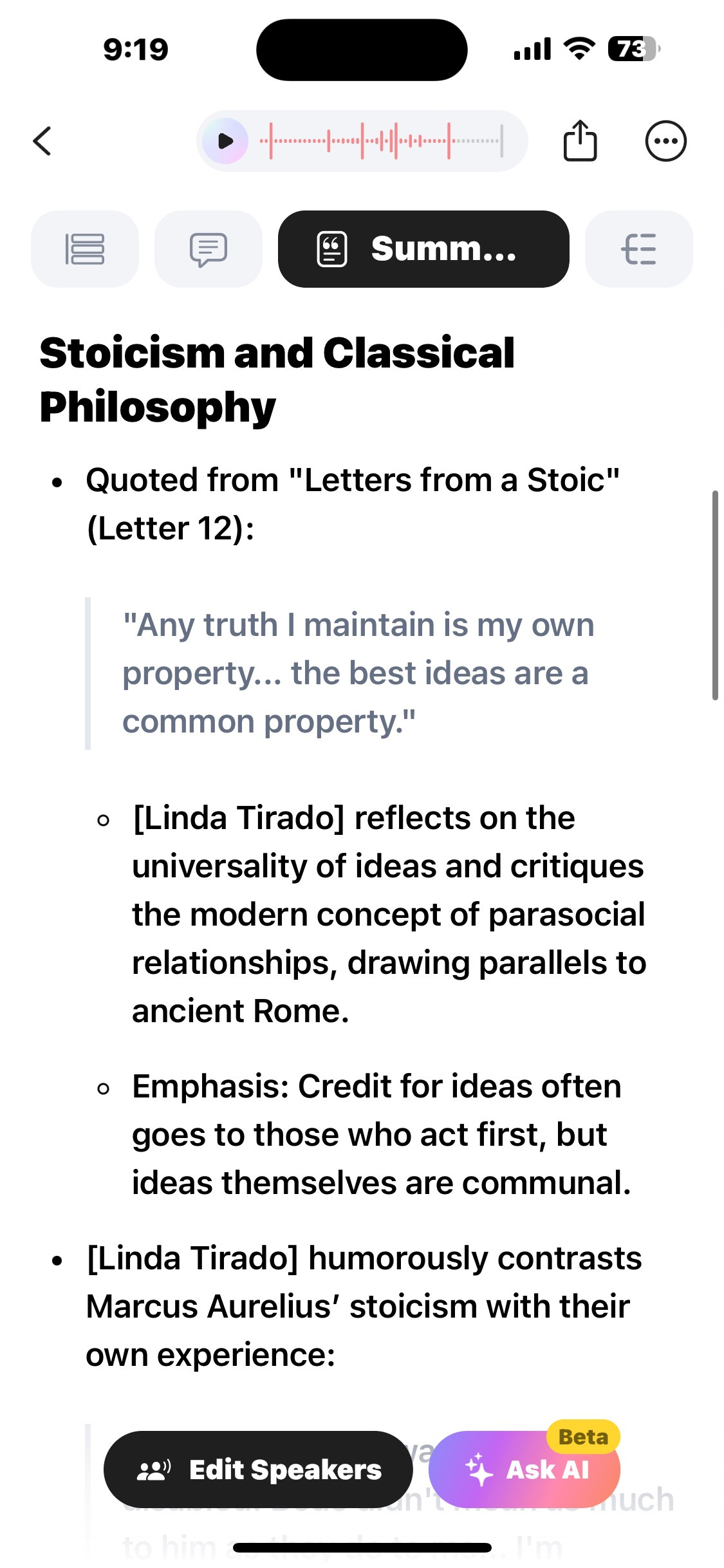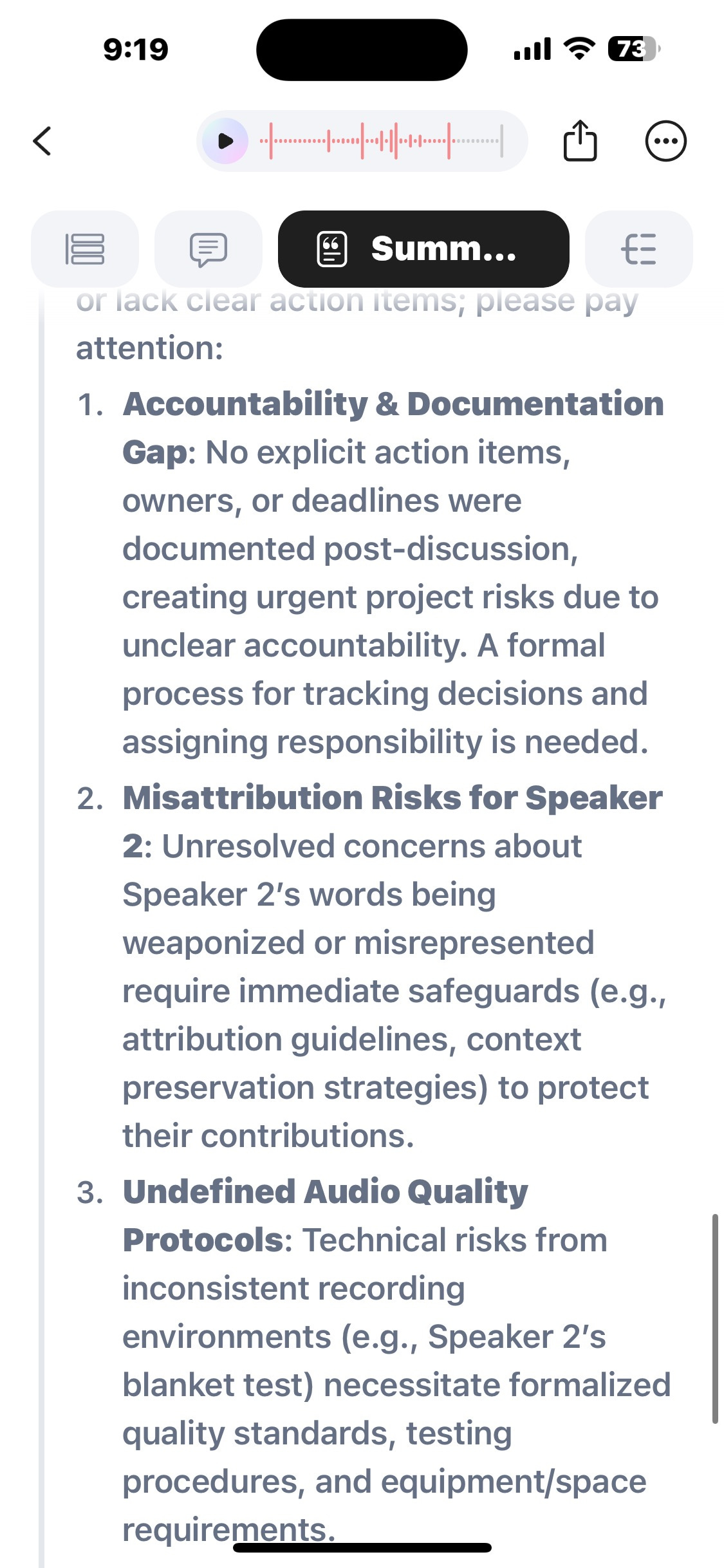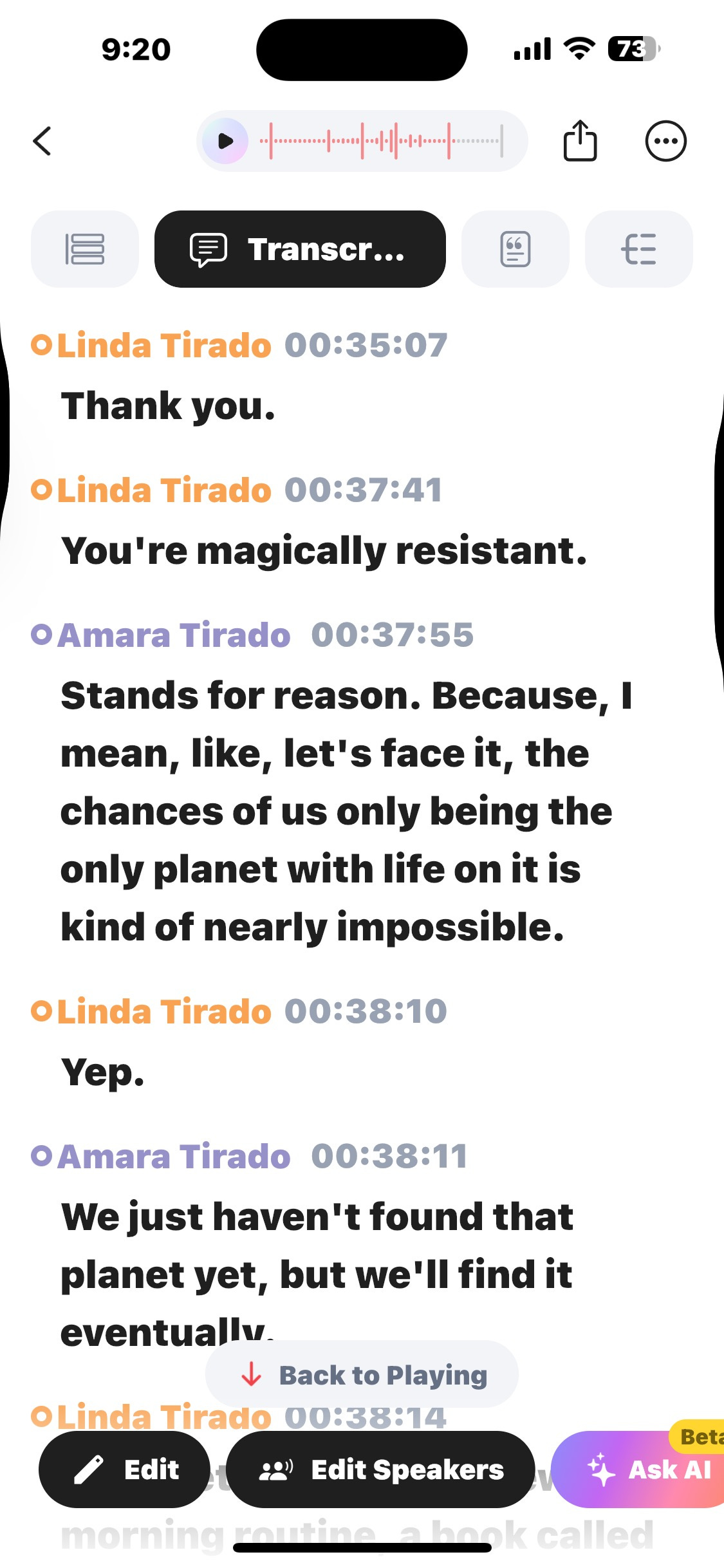if you’ve never spent time with a disabled person, then it’s likely that a lot of products make very little sense to you. Who needs individually packaged shelled whole eggs, for example? That one drove me nuts for years until someone told me they could cook but lacked the dexterity to pick eggshells out of a bowl much less crack one nearly into the bowl to begin with. So in disability communities, there’s a lot of sharing links and bragging about one’s new gear; as emergency medicine improves, the number of younger people with marked disabilities increases. “I’m disabled, not 80” isn’t an uncommon sentiment in a world where any useful accessory looks as though it were designed by someone’s great-grandma who was handed a sewing machine and unlimited cocaine and told to decorate all the cripples. Alternatively, there is a whole range of products best described as cheap gymbro aesthetics, all inexpensive black woven plastics and broken zippers, like if a sports duffel had been adjusted to fit a wheelchair. Full disclosure, I typically use a gym bag for groceries because I can hang it from the back seat rest; I can’t fit a six-pack of soda into the built-in “storage” they give you. Fashion isn’t much better; clothes are designed for standing and walking with short bouts of sitting in the mix, not for sitting 12 hours straight. Jeans zippers hit at the wrong spot, skirts are just flirting with wind gusts, coats drape off the sides of the chair and tangle in the wheels.
the world wasn’t designed for us. It never will be, and that’s fine. I don’t want a world designed for the me I am this minute. But I do want comfy clothes and maybe a side pocket that isn’t done in quilted cabbage roses.
I don’t even know what accessibility looks like as an every day concern; I rarely have two days that resemble each other, though they look endlessly alike to people who don’t live in my brain. For me, every day is new and exhilarating and terrifying in turns, like the first time you had a piano recital or kissed someone or left home knowing you lived somewhere else now. I don’t move much but my God do I travel. With no sense of time, my mind can go places my body never could, replay old memories enough to remember the smells and the exact color of the sun filtered through draping azaleas in Sydney or the power I felt stalking in a long coat and tall boots through the fog in London coming home late through the industrial park. Things that had just happened to me, small throwaway moments, have become that most precious of resources: things to truly enjoy. I enjoy them in ways now that I could not have at the time, to know that I’d never walk there like that again would have ruined the beauty of it. It is a feeling one only gets in one’s full youth, because as we age we start to recognize these moments and try to preserve them and in the process we warp them and lose the value that they had to begin with; we have as we aged unraveled some of the mysteries of life and thus cannot repeat the experience of not-knowing. Our moments become weightier as our waistlines expand and we collect the scars of any well-lived life. I am a firm believer that everyone should have exactly one bad tattoo or major scar from their late teens or early twenties, and after that initial recklessness should probably rein it in a bit. (Physician, heal thyself,)
But today I have found one of those things not designed specifically for the disabled, and so it is sleek and easy to use and doesn’t require much fiddling with. Outside of my obvious physical infirmities, one of the things I have trouble with most is regulating my brain. At any point in any day, even distracting me enough to pay attention to the world around me is a bit of a job. On the inside of my head I am trying to control my thoughts, which most often behave like a classroom of toddlers presented with a crate of assorted baby animals. My writing comes in fits and stops, I’m often sat for hours in front of a screen with a mere few sentences to show for it. My thoughts, though, they tumble and reconnect and overlap like a kaleidoscope and it’s all I can do to keep all the words in. A journal cannot solve that problem any more than mindfulness or yoga or a strict schedule or brain food or rewards systems. I am brain damaged, I have a damaged brain, I have been shattered and there is not a known glue that works for very long.
so I started playing with transcriptions. Which were also a problem because I’d have to turn off the music playing on my phone or the audiobook or whatever, and switch apps, and hold the phone for mic range, and edit directly after for the typos and misspellings and places the ai just misheard me or didn’t have a word in its vocabulary. Like many journalists, I wound up using otter.ai (which I recommend for most use cases!) and that helped. It identifies different voices as different and is reliable when switching between iOS and windows or android. Great for phone calls, too. It’s pretty much the cheapest reliable app-based recorder out there.
But I am going to ditch otter, I think, and here’s why: someone sent me a Plaud pin. It’s a microphone and audio recorder at its base, and it does all the things otter does. But it has an external wearable mic and using it doesn’t require more than a button push on the device. It doesn’t look like a mic, it does look like a tech wearable or a particularly futuristic design of a pillbox. It’s lightweight, charges quickly, and came with so many ways to mount the thing that I doubt it’s possible to find a case where you couldn’t use it outside of SCIFs and the kind of meetings where people might ask if you’re wearing a wire.
The wearable and its independent controls would have won me over for ease of use alone, but what the program does with the recordings afterward has actually made me open to not hating all AI on principle.
it does transcription, which is awesome. It also does summaries, and the ai is good enough to pick out the actual conversation from the asides and general chatter of life. So it returns results like “joking with Olivia” and grabs a pull quote to illustrate: my daughter had threatened to kill the cat because the cat tried to trip her. Different side of the room and the recording quality isn’t amazing, but the transcription is. It’ll make a mind map, it will suggest follow up on points that were made but not solved, it even knows when I’m joking which is a lot, as most actual humans can only reliably tell two thirds of the time whether I’m being dry or honest.
It isn’t cheap with the use I’m putting it to; a free account gets you 300 minutes of transcription. Unlimited is $250/yearly. But a necklace (or bracelet or magnetic pin depending on your preferred accessory) that I can just tap and it will remind me who I spoke to yesterday and what I said? It’ll listen to me all day and just give me easy access to the things I wanted to publish? Sign me the hell up. I’ve attached pictures of the UI after processing an hour of my morning.
And, for the love of God, can I get a wheelchair lap blanket that isn’t floral or pastel next?
Please do subscribe here, or find me on socials @killermartinis
to support my work as a one-off instead of a subscription, it’s Linda-Tirado-3 on Venmo or bootstrapindustries@gmail on PayPal. It’s appreciated and needed!











So good to hear from you again, and I’m glad at least one useful thing has come out of all this overblown “AI” nonsense.
This is so cool!!! My god the mind map alone is worth it to me and my ADHD. Currently on lunch at my job and I'm reading this thinking of all the ways it could help me stay on track, remember really great ideas I forgot to jot down, etc.